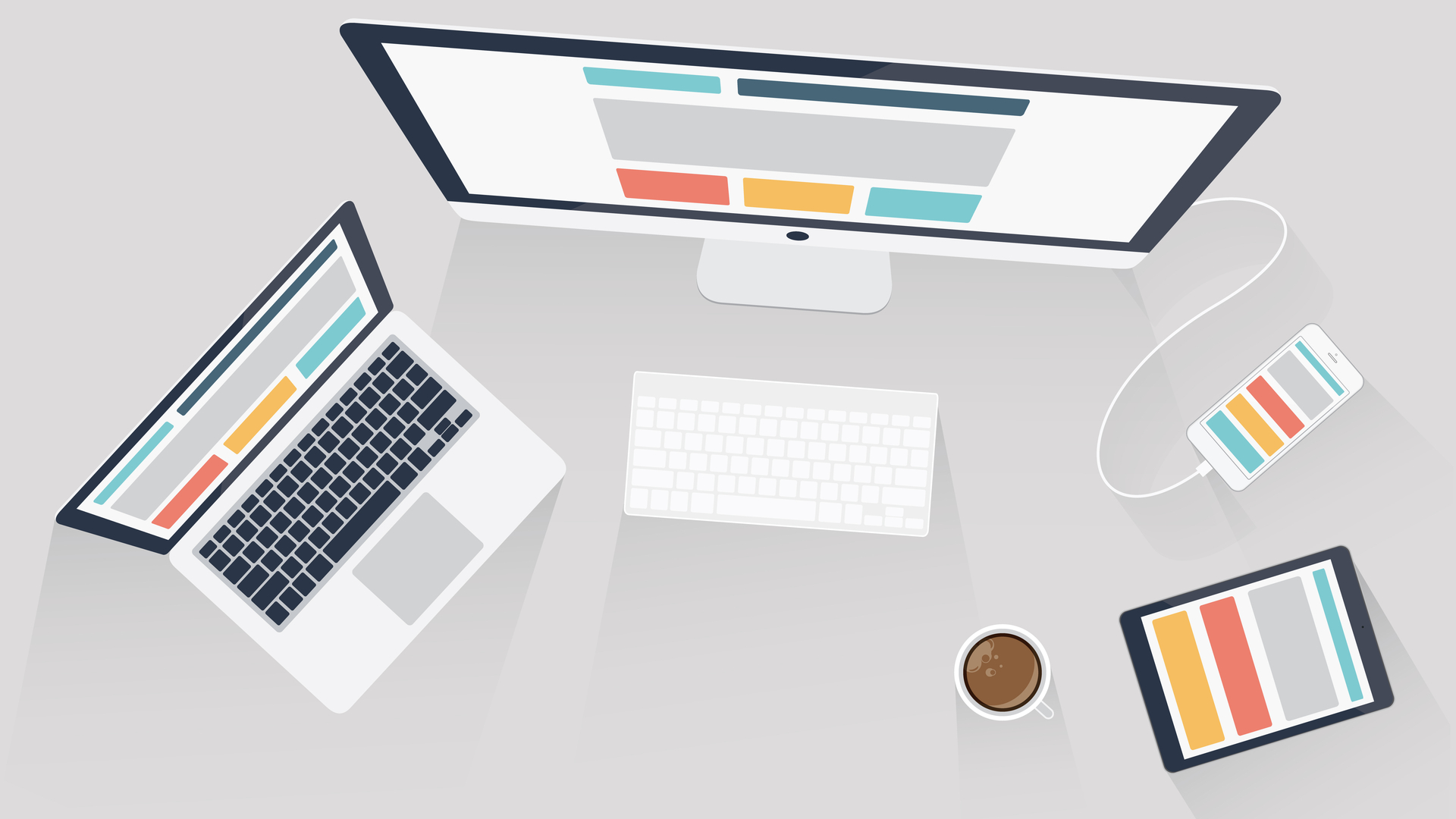
Reasons why Websites Should Go Headless
Reasons why Websites Should Go Headless
Headless e-commerce is how the world is changing.
It's a sensible idea for every business to get ahead no matter the size, sector or the platform's requirements.
To fully demonstrate the advantages of a Headless Commerce Integration, we'll have to look at the advantages, one at a time:
1. Decoupled Frontend/Backend Architecture
This is the most important characteristic of headless e-commerce, which is the driving force behind all other advantages.
Traditional full-stack platforms are integrated on both the front and backend, meaning that the presentation layer cannot remain separate from the business side of things. This makes it difficult for companies to build their e-commerce experience the exact way they want, especially when the needs of their customers evolve.
Going headless allows for complete flexibility in the presentation of e-commerce.
2. Total Website Control
Does your site's e-commerce platform control how the website appears and behaves? If not, you're not getting the most value from your shopping experience.
Most platforms come with a strict set of rules and templates that govern the design, layout, etc. It might be an appealing option to get established, but making small adjustments and creating a custom experience that makes sense for your company requires a lot of effort and more sophisticated development. This can also be very costly in the end.
In addition to these special resources for development, you'll be at risk of not being in your ‘upgrade-safe’ zone. In the end, any future upgrades (major and minor) will not be feasible or will require a significant investment.
Picking a platform that anticipates a company's need to create and establish a distinctive brand and experience for their clients – while minimising the long-term costs of investment – is essential for long-term success, and can even lead to award-winning website designs.
3. Less Time Spent on IT
The headless method allows you to take control, which means less time spent managing your IT infrastructure, and more time concentrating on activities that add value.
It's not uncommon for companies to struggle with this issue when they've created their own IT systems which don't scale well, or have developed to the point that the juggle of integrations and add-ons is the norm.
Headless is a flexible approach to managing your IT, saving you the headache of constant IT administration.
Additionally, to improve time management, a headless e-commerce system will likely need security (SaaS) outside of hosting that decreases dependence on internal support for IT.
4. True Omnichannel Support
Modern e-commerce implies providing an effortless and consistent experience no matter where your customers are across all channels or points of contact.
You're probably selling through your site, but it's possible that you could also sell through online marketplaces such as Amazon and eBay and also manage microsites, landing pages or portals for dealers.
For any business carried out through these channels, you'll require a single system to run these experiences and eliminate manually entering data or the import and export of data from one system to another.
Omnichannel e-commerce doesn't necessarily mean multi-platform. The foundational architecture of headless commerce platforms enables companies to develop solid omnichannel strategies. These strategies are flexible enough to provide commerce where their customers are shopping while managing everything from one platform.
5. Future-Proof Your Company
Headless means that flexibility is a part of your e-commerce platform.
This means that your e-commerce platform can be agile enough to adapt to any new changes and trends in e-commerce, or integrations that come your way.
This is an important point to think about when considering the speed at which the world of e-commerce is changing.
Mobile commerce was once thought to be something that brands had to consider investing in, however, now they're common practice. The same is true for headless e-commerce, making companies ready to take on the evolving commerce landscape with no need to implement complex integrations or separate platforms.
6. Upgrade Without Re-Platforming
You know you require more features; however, the expense and time involved in transferring to a completely new platform certainly makes you think twice.
This is a common issue for businesses who outgrow their e-commerce platform, but the benefit is that you do not require a re-platforming to upgrade your platform.
Headless commerce isn't a re-platforming process. It's a data transfer that requires the creation of a new backend layer and transferring existing assets onto an interface that is decoupled. It's a straightforward and efficient solution that takes less time associated with re-platformed projects.
7. It's All About the API
With the ease of integrating new apps into the headless interface, it is logical that a switch to a headless interface could provide new possibilities.
One of the most important uses is the way you handle the supply chain. It isn't easy to gain visibility into these processes. However, headless interfaces allow you to integrate all inventory management systems that you require to accomplish your task.
Suppose you see the e-commerce system as part of a stream of continuous information rather than as a selling tool. In that case, your team will begin to see what else can be achieved with an API-driven environment.
EWM is a leading digital marketing headquartered in Geneva, Switzerland. With a global presence and a team of knowledgeable, professional creatives, we are ideally placed to support you in creating and maintaining a professional online presence as you grow your brand both locally and internationally.
Contact us today to discuss your precise digital needs.